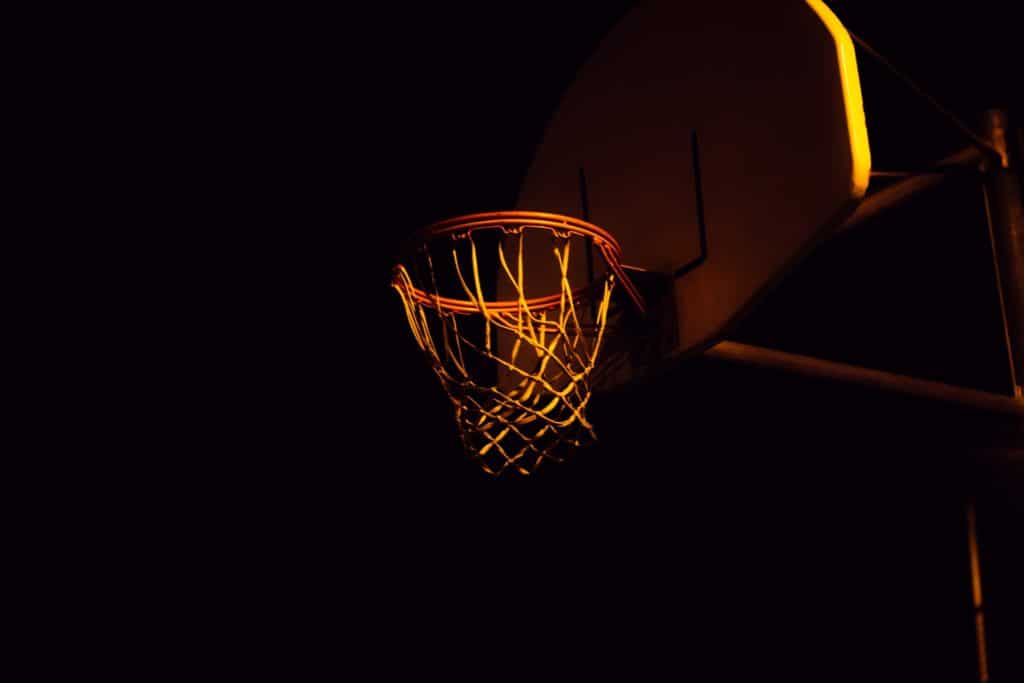It has been said that necessity is the mother of invention, and the same is true about basketball. Invented in 1891 by James Naismith, a Canadian physical education instructor at Springfield, Massachusetts, basketball is the third-most-popular sport in the world behind soccer and cricket. He created basketball to keep his students busy during the winter months, where they could not go outside and play football.
The evolution of basketball has been tremendous since that fateful day in December of 1891. We’re sure you wouldn’t mind walking down memory lane and examine more about the early beginnings of the game we all love in a written comprehensive history of basketball.
 How Did the Game of Basketball Begin?
How Did the Game of Basketball Begin?
At the time of basketball’s inception, soccer (or football in some countries) has established itself as a top sport, not only in America but worldwide. Its popularity has soared immensely, but there’s a problem: During the months of December until March, no one can play soccer, unless you’d like having frostbites.
That’s not much of a problem for most people, but as a physical education teacher, Naismith, who hailed from Canada, would like a sport that can be played indoors that would replace soccer during the snow months. He probably wouldn’t have pushed his brain to come up with ideas if not for his boss. Hence, a new game called basketball is born.
The first basketball game wasn’t much, and by today’s standards, it’s more like a comedy than an athletic event. To make it possible, Naismith hung peach baskets on a 10-foot elevated track while using a soccer ball to shoot hoops. He divided his class of 18 to two and formulated the 13 rules of basketball. The first basketball game played ended with a score of 1-0, after someone made a 25-foot shot. It was played in a court that was only half as big as today.
It’s also worth mentioning that at the time, playing basketball was incredibly inefficient. The peach baskets still had their bottoms, so every time a basket was made, it has to be manually retrieved. That totally stops the game flow, and the work required to recover the ball was probably higher than playing the game itself. Consequently, because human brains work, they get rid of the basket bottoms, and that contributed to a faster, more exciting gameplay.
Who Invented The Game of Basketball?
We have already introduced you to his name, and that’s Dr. James Naismith. Yes, aside from being a physical education instructor, he, in fact, was a physician. (He received his medical degree seven years after the invention of basketball.) Naismith invented basketball for his students at the YMCA International Training School, now known as Springfield College. At the dawn of the new sport, somebody suggested to name it “Naismith Game” but Naismith laughed off the idea and went with “basket ball.”
Naturally, Naismith would eventually turn to coaching the sport that he invented when he founded the University of Kansas Jayhawks basketball program. Naismith was not initially hired as a coach for Kansas but later planted a phenomenal head coaching tree. While getting the athletic director and coaching posts at Kansas, Naismith coached Phog Allen (known as the “Father of Basketball Coaching”). Allen then coached 39 years for Kansas and brought coaching legends Adolph Rupp and Dean Smith under his tutelage. Rupp, if you didn’t know, was a four-time NCAA champion, and Smith coached Michael Jordan to an NCAA championship in 1982.
 Who Were the First Teams to Play Basketball?
Who Were the First Teams to Play Basketball?
We previously pointed out that Naismith had his 18 students play nine-on-nine, but historically speaking, all 18 of them were recognized by the Basketball Hall of Fame collectively as “The First Team.” Here are their names:
- Lyman Archibald
- Franklin Barnes
- Wilbert Carey
- William Chase
- William Davis
- George Day
- Benjamin French
- Henry Gelan
- Ernest Hildner
- Genzabaro Ishikawa
- Raymond Kaighn
- Donald Freas
- Eugene Libby
- Dan Christensen
- Finlay MacDonald
- Frank Mahan
- Thomas Patton
- Edwin Ruggles
- John Thompson
- George Weller
The group was inducted at the Hall of Fame in 1959 for their work in making the sport accessible and being first-hand practitioners. Interestingly enough, Naismith and Allen were inducted into the same class as a contributor and a coach, respectively.
If you wanted to know who teamed up with who, it was Thompson, Libby, Patton, Mahan, MacDonald, Davis, Archibald, Rugglesa, and Chase on one team against Weller, Carey, Hildner, Kaighn, Ishikawa, French, Barnes, Day, and Gelan on another.
 What Were the 13 Original Rules of Basketball?
What Were the 13 Original Rules of Basketball?
We’re lucky this piece of historical gold was still preserved for us today. Here are Dr. Naismith’s 13 original rules of basketball, published in the school paper called The Triangle, on January 15, 1892.
1. The ball may be thrown in any direction with one or both hands.
2. The ball may be batted in any direction with one or both hands (never with the fist).
3. A player cannot run with the ball. The player must throw it from the spot on which he catches it, an allowance to be made for a man who catches the ball when running at a good speed if he tries to stop. (Now, running with the ball is a traveling violation but originally, running with the ball is assessed a foul.)
4. The ball must be held in or between the hands; the arms or body must not be used for holding it.
5. No shouldering, holding, pushing, tripping, or striking in any way the person of an opponent shall be allowed; the first infringement of this rule by any player shall count as a foul, the second shall disqualify him until the next goal is made, or, if there was evident intent to injure the person, for the whole of the game, no substitute allowed.
6. A foul is striking at the ball with the fist, violation of Rules 3,4, and such as described in Rule 5.
7. If either side makes three consecutive fouls, it shall count a goal for the opponents (consecutive means without the opponents in the meantime making a foul).
8. A goal shall be made when the ball is thrown or batted from the grounds into the basket and stays there, providing those defending the goal do not touch or disturb the goal. If the ball rests on the edges, and the opponent moves the basket, it shall count as a goal.
9. When the ball goes out of bounds, it shall be thrown into the field of play by the person first touching it. In case of a dispute, the umpire shall throw it straight into the field. The thrower-in is allowed five seconds; if he holds it longer, it shall go to the opponent. If any side persists in delaying the game, the umpire shall call a foul on that side.
10. The umpire shall be the judge of the men and shall note the fouls and notify the referee when three consecutive fouls have been made. He shall have power to disqualify men according to Rule 5.
11. The referee shall be the judge of the ball and shall decide when the ball is in play, in bounds, to which side it belongs, and shall keep the time. He shall decide when a goal has been made, and keep account of the goals with any other duties that are usually performed by a referee. (In modern basketball games, referees are the umpires who give judgment to every call, but they do not keep the time or the goals made. That’s now up to table officials.)
12. The time shall be two 15-minute halves, with five minutes’ rest between.
13. The side making the most goals in that time shall be declared the winner. In case of a draw, the game may, by agreement of the captains, be continued until another goal is made.
Many, if not all, of these rules have changed over the years for improved game play. We are sure Dr. Naismith wouldn’t mind adjustments for the purpose of making the game more fun and exciting.
 How Did Basketball Get So Popular?
How Did Basketball Get So Popular?
The spread of basketball in just a relatively few years happened because of the participants of the first basketball game at the YMCA in Springfield. A man named Mel Rideout arranged for basketball to be played in Paris in 1893 in what is considered as the first-ever European match. Many of “First Team” members went to different places such as India, China, Japan (Genzaboro Ishikawa, a member of the First Team, brought it there), Persia, and England. Rideout was also the one who introduced basketball to YMCA Convention in England.
At the time of the first World War in 1917, the American Expeditionary Force, with an army of 2,000,000 Americans, brought basketball wherever they went. That tremendously helped basketball’s popularity since the AEF has been to Germany, Italy, France, and practically all over Europe.
In time, the very first basketball professional league called the National Basketball League (not to be confused with the current Australian professional basketball league of the same name) was formed in 1898. It had teams from Philadelphia, New York, and Delaware, among others. Their first ever game was played in front of 900 fans between the Trenton Nationals and Hancock Athletic Association. The Nationals eventually won, 21-19.
There also was a barnstorming team called the Original Celtics, where they moved to different towns like a circus. The team offered contracts to players who they wanted and moved daily from one town to the next playing basketball games. The nucleus of the group was formed in 1918, and the Original Celtics became a massive success until 1928, where they ultimately disbanded because of ownership issues.
At about the same time that the Original Celtics became highly popular, their usual opponent was the Harlem Renaissance or called, The Rens. Tickets to watch their games cost a dollar back in the 20s, which is right about $12 in today’s money. The Rens won the inaugural World Professional Basketball Tournament in 1939, but they consequently disbanded ten years later.
 Formation of Basketball Leagues
Formation of Basketball Leagues
NCAA
The NCAA (National Collegiate Athletic Association) is one of the collegiate sports governing bodies regulating college student-athletes. The NCAA has been organizing college basketball tournaments since 1939 borne out of the mind of then-Ohio State coach Harold Olsen and hasn’t looked back since.
During that time, the NCAA Basketball Tournament (or what is now commonly called The March Madness) was won by Oregon over Ohio State in an eight-team field to become the first-ever NCAA Men’s Basketball Champion.
Since then, the total number of college teams participating in the tournament increased to 68. They were taken from the 32 Division I conference champions, and 36 slots are given to other teams who did not qualify in the usual way. It was done by a selection committee of the NCAA and is announced via television afterward.
To add more excitement, the NCAA also has a ranking process that determines the seeding while the lowest eight teams figure in a single-elimination mini-tournament. The winning squads will advance to make it a field of 64, who will then play a course of 32 games in a week. Sixty-four teams will eventually be down to 32, The Sweet 16, The Elite Eight, The Final Four, and the Champion.
FIBA
The International Basketball Federation (or FIBA) was established in 1932, but their first basketball tournament (called FIBA World Cup and then renamed to FIBA World Championship) was founded in 1950. It is a quadrennial meet attended by 32 teams competing for the Naismith Trophy.
The FIBA World Cup was dreamt up in 1948 when FIBA Secretary-General Renato William Jones pushed for the organization to hold a tournament similar to the FIFA World Cup. Because of the success of the basketball tournament at the 1948 Olympics, the FIBA Congress acceded to Jones’ proposal and then selected Argentina to be the host in 1950.
Among all the teams that participated in the tournament since its inaugural year, the United States, the Socialist Federal Republic of Yugoslavia, and the Federal Republic of Yugoslavia (represented now by Serbia and Montenegro) had the most titles with five each. The year 1994 proved to be a pivotal year because it was the first time that FIBA allowed NBA players to participate, and the powerhouse Yugoslavia was split into many states.
NBA
The National Basketball Association is no doubt the most popular basketball league on Earth. It was founded in June 1946 as the Basketball Association of America (BAA) and later changed to NBA in August of the same year. The first NBA game ever played was on November 1, 1946, and featured the Toronto Maple Leafs and the New York Knickerbockers.
The NBA was unique because it was the first professional basketball league that aimed to play its product in large arenas in main cities. It started out with 17 teams, consolidated to 11, and then to eight by the 1953-54 season. The 17 teams were a result of the merger of the BAA with the American Basketball League and the National Basketball League. However, now, the NBA officially claimed the transfer of NBL teams to the BAA was an expansion and not a merger.
In time, another professional basketball league named the American Basketball Association (ABA) was founded in 1967. When it disbanded in 1976, some teams from the league joined the NBA. As many as eight NBA cities today have ABA heritage, including Utah, Denver, Houston, and Miami.
Probably the most significant contribution of the ABA to basketball, in general, was the introduction of the three-point line and the Slam Dunk contest. The NBA adopted the rainbow area in 1979, and that decision directly led to the evolution of basketball.
 What Has Changed In Basketball Over The Years
What Has Changed In Basketball Over The Years
Aside from the peach baskets and soccer balls used in the first basketball game, many things have changed in basketball over time. Here are some examples:
- Basketball was invented with the idea of having any number of players on a team compete. On the first basketball game, it was played with nine players on a team, but in 1897, the five-on-five setup was deemed the standard.
- Substitutions were not permitted originally in the game. In 1920, a player was allowed to re-enter a game once, then twice in 1934, and by 1945, players could be substituted in and out of a game how many times a team would like.
- Open-ended nylon nets became the standard as a basketball hoop in 1912, replacing the peach baskets.
- The original game was played with a field goal counted as one point. If a team committed three consecutive fouls, a point was also given to the opposing team. Free throws were introduced in 1894.
- Overtimes were introduced in the 1960s, replacing the Sudden Death rule to break ties.
- In the 1947-48 season of the NBA, the foul limit went from five to six and has become the standard in professional basketball.
- Until 1937, a jump ball was initiated after every field goal. That rule was changed because it caused a terrible stop to the flow of the game.
- The goaltending rule was created in 1944 because George Mikan and Bob Kurland would just stand in front of the basket and swat every shot attempt.
- As far as race is concerned, there were no black players in the NBA until 1950. Now, almost 80% of all NBA players are African-Americans.
- In-game coaching was introduced in 1949. Before that, no coaches were sitting on the bench and were only allowed during halftime.
- The average height of an NBA player in 1946 is 6-foot-2. Now, it hovers around 6-foot-6 to 6-foot-8.
 11 Interesting Facts About Basketball
11 Interesting Facts About Basketball
There is no way to put together a century’s worth of history in a few sentences, but basketball has always been fascinating from its inception down to the present day. Here are some interesting facts about basketball that may not know of:
1. Dr. James Naismith, the inventor of basketball, has a losing record in his coaching tenure at Kansas with 55 wins and 60 losses.
2. Pete Maravich, also called “Pistol” Pete, averaged 44.2 points a game in three years at Louisiana State University. That’s the highest points per game average in the history of collegiate basketball.
3. The NBA begins every quarter with a jump ball until 1975.
4. Pat Riley had the rights to the word “three-peat” when he trademarked it in 1988. When the Chicago Bulls won three consecutive in the 90s and labeled them three-peats, they had to pay Riley $300,000 in royalties.
5. Until 1966, the NBA had this rule called a territorial draft pick. That means a team can forego its first-round selection and choose anyone living 50 miles of its location. Wilt Chamberlain and Oscar Robertson were drafted in this way.
6. The backboard was invented because spectators would often interfere with the shots when the hoop was attached to the mezzanine balcony of indoor courts.
7. Players are not allowed initially to dribble the ball to advance it. In 1901, the rule changed to one dribble per possession.
8. When the free throw was introduced, teams could choose any player from the team to take them instead of the one who was fouled. This resulted in having free-throw specialists on a team.
9. Basketball shorts were the norm until 1984 when Michael Jordan asked for longer ones. The reason for that was because Jordan was superstitiously wearing his UNC practice shorts on NBA games, and he wanted to cover them up.
10. There are 122 bumps per inch on a Spalding basketball.
11. The NCAA banned dunking for ten years because of the prevalence of shattered backboards. The ban was imposed before the 67-68 season and lasted until 76-77.
Wrapping Things Up: History of Basketball
As crazy as it sounded, all of the things written and mentioned in this article happened to make up a fascinating history of basketball. There are still hundreds of stories that were not included and probably thousands more that were lost in the storybooks.
With that said, basketball would not be what it was today if not for necessity and people who cared enough to improve a new sport. What if there wasn’t a creative mind like Dr. Naismith? What if there were only three people who showed up in that P.E. class in December 1891? Or what if the ones involved in the first basketball game kept it all to themselves? In that case, the sport that we loved and touched countless lives wouldn’t have been here.
At any rate, basketball is here and will remain so. We wouldn’t know what would happen years or decades down the road, but we have a feeling it will always be the same beautiful story. The history of basketball is not flawless, but still, we wouldn’t have it any other way.
If you found this helpful, you’ll love our other basketball FAQ articles here.
More engaging basketball FAQ posts here:
> NBA 3-Point Line History: How it Changed the Game
> Why Basketball is Fun: 15 Reasons
> Why Basketball is the Best Sport?

 How Did the Game of Basketball Begin?
How Did the Game of Basketball Begin?
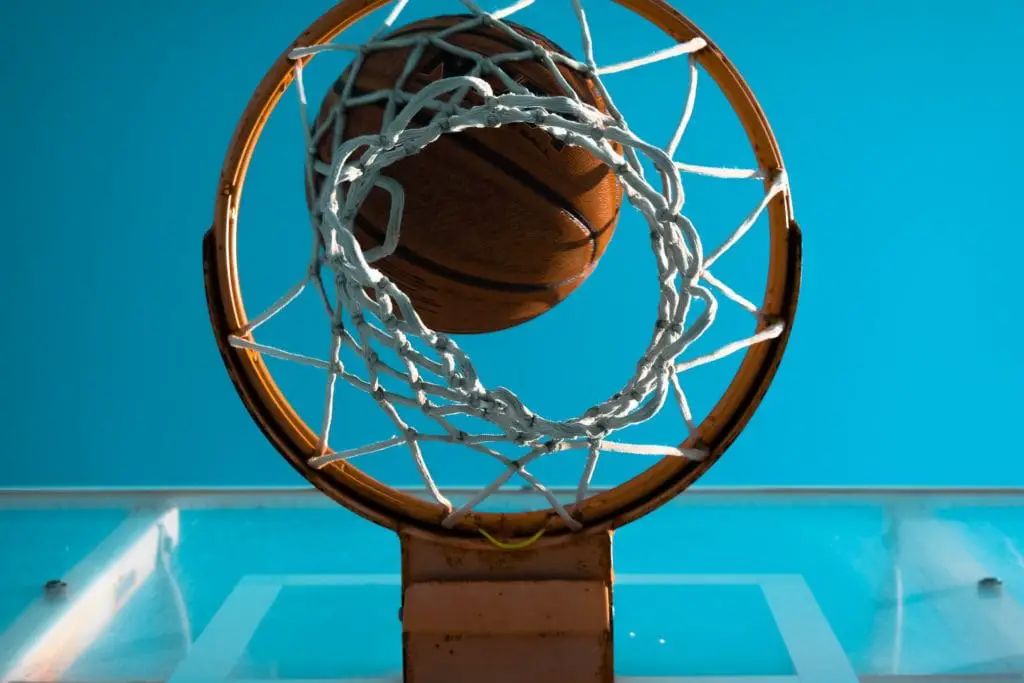
 Who Were the First Teams to Play Basketball?
Who Were the First Teams to Play Basketball? What Were the 13 Original Rules of Basketball?
What Were the 13 Original Rules of Basketball? 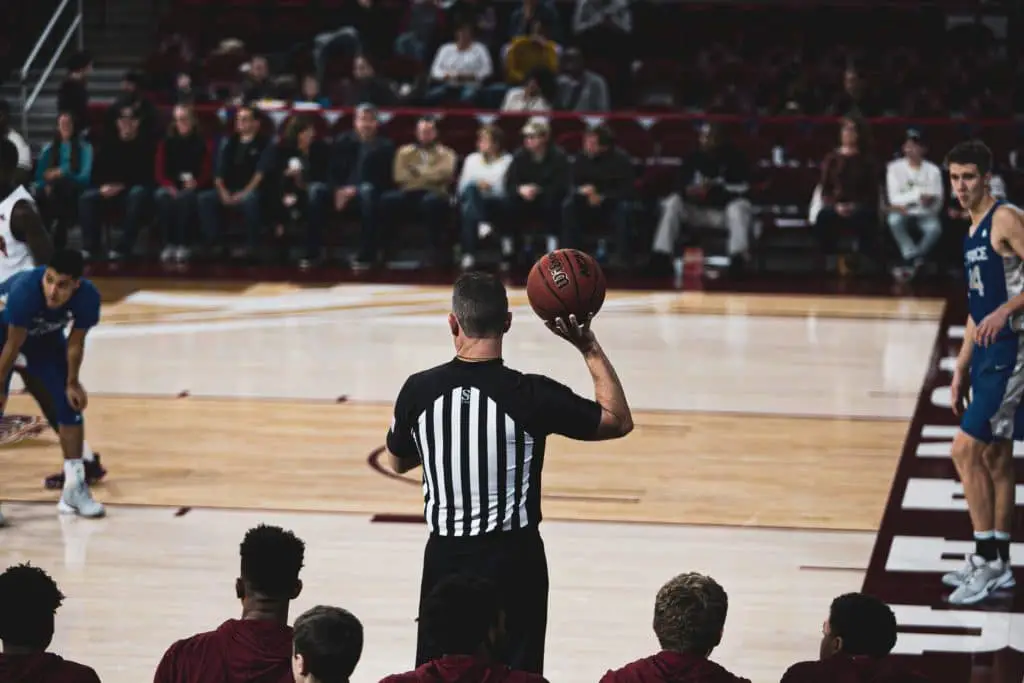
 How Did Basketball Get So Popular?
How Did Basketball Get So Popular?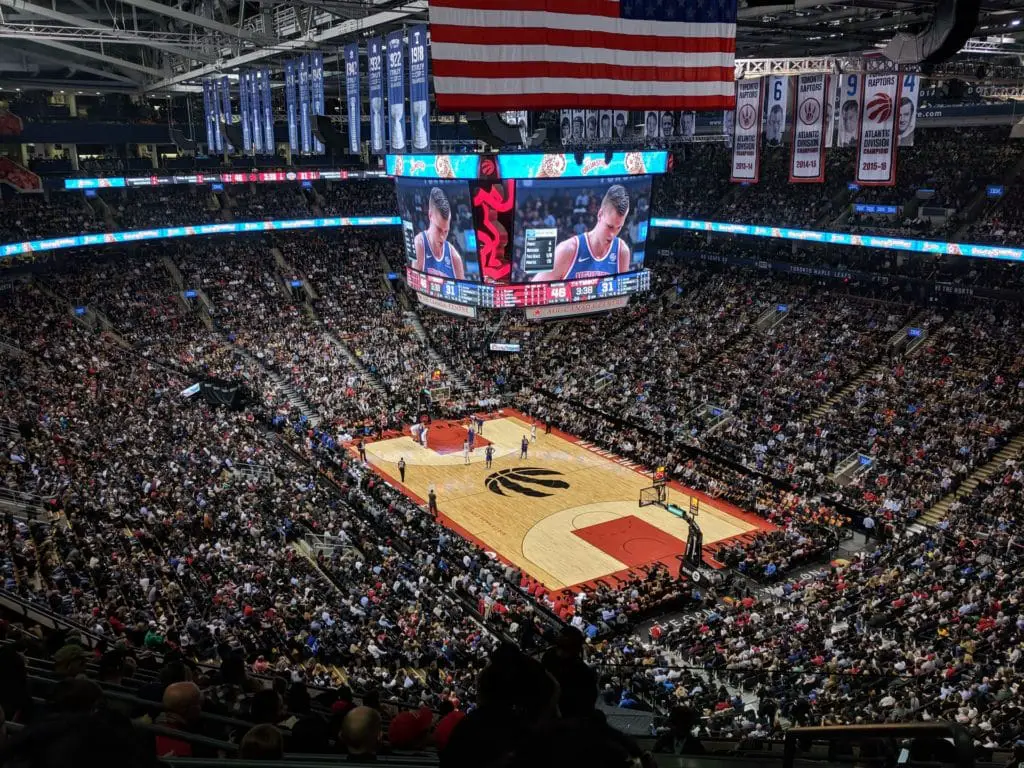
 Formation of Basketball Leagues
Formation of Basketball Leagues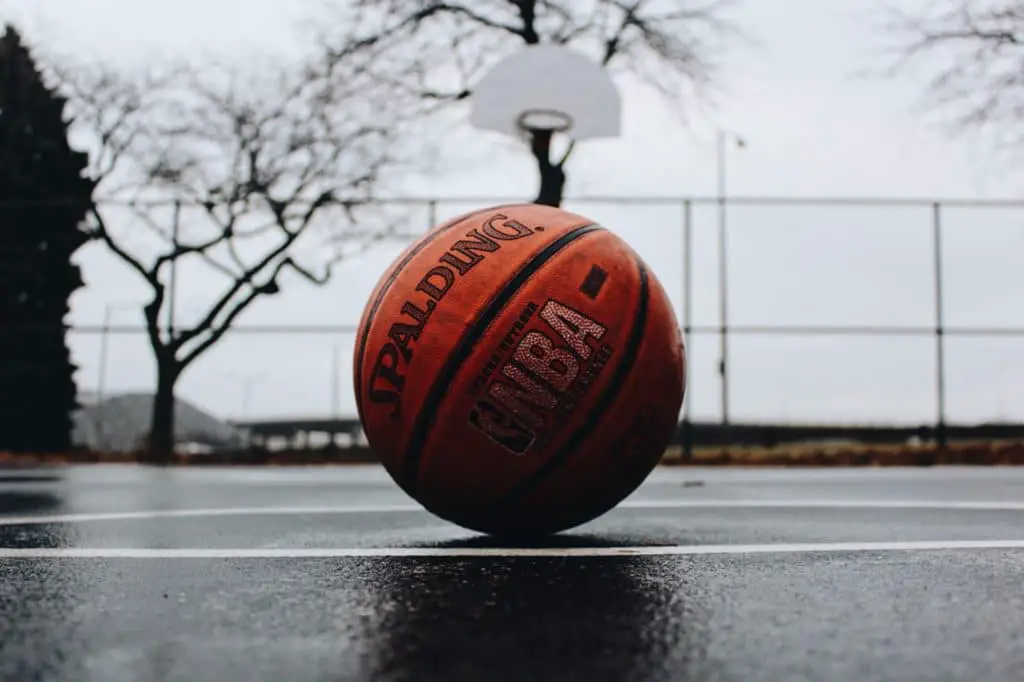
 What Has Changed In Basketball Over The Years
What Has Changed In Basketball Over The Years 11 Interesting Facts About Basketball
11 Interesting Facts About Basketball